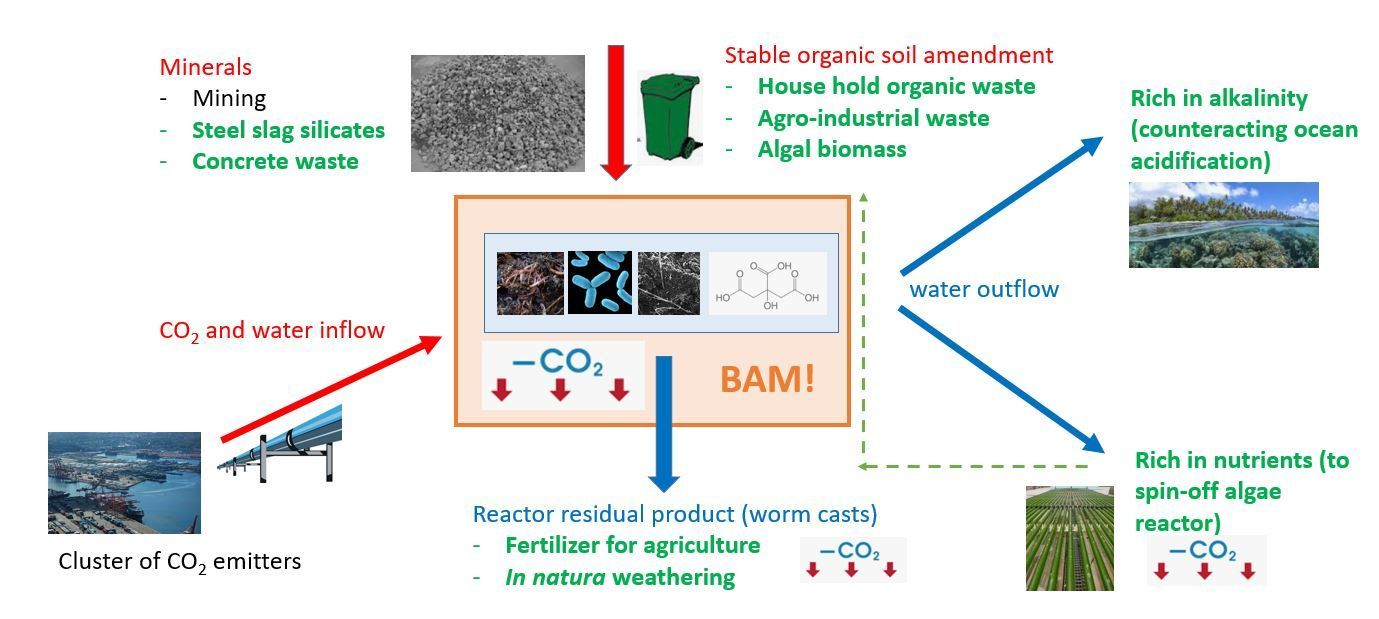
🍄 Fungi and bacteria will help industry reduce emissions
The same process that breaks down rock into gravel can be used to capture carbon dioxide from industry.
Share this story!
A research project; Bam, now investigating whether it is possible to get worms, bacteria and fungi to capture carbon dioxide in a natural way. The method is based on weathering, i.e. the process that normally breaks down rocks into gravel, clay and ions.
The ions that are formed react with each other and precipitate into new minerals and rocks, such as limestone. The limestone that forms locks the carbon dioxide that is formed during weathering so that the gas does not reach the atmosphere, where it would otherwise contribute to the warming of the planet.
“On a geological time scale, weathering of silicate minerals has helped regulate the Earth's temperature. These are the processes we are trying to strengthen because they are naturally not fast enough. That is the idea behind this engineered technology," says Thomas Corbett, postdoctoral fellow at Uppsala University and one of the researchers behind the project, in a press release.
The researchers blends crushed rock with hay and add bacteria and fungi to a bioreactor where they also introduce carbon dioxide. The hay acts as food for the organisms and in the process they convert the carbon dioxide contained in the mixture into limestone and residues that are meant to be used as fertilizer on fields. Earthworms are also included to move the material around.

So far, these are experiments on a smaller scale. In the future, the researchers hope that the bioreactors will be able to take, for example, concrete waste and slag from industries and purify them in the reactors. But first the researchers must test their way to determine which combinations of over 200 different minerals, organisms and organic material result in the highest weathering rate.
"We start with fairly small reactors that we fill with maybe 400 grams of material and then we scale it up. We use thousands of these flow-through reactors to try to find the best combination of organisms and water flow through the reactor,” says Thomas Corbett.
By becoming a premium supporter, you help in the creation and sharing of fact-based optimistic news all over the world.


